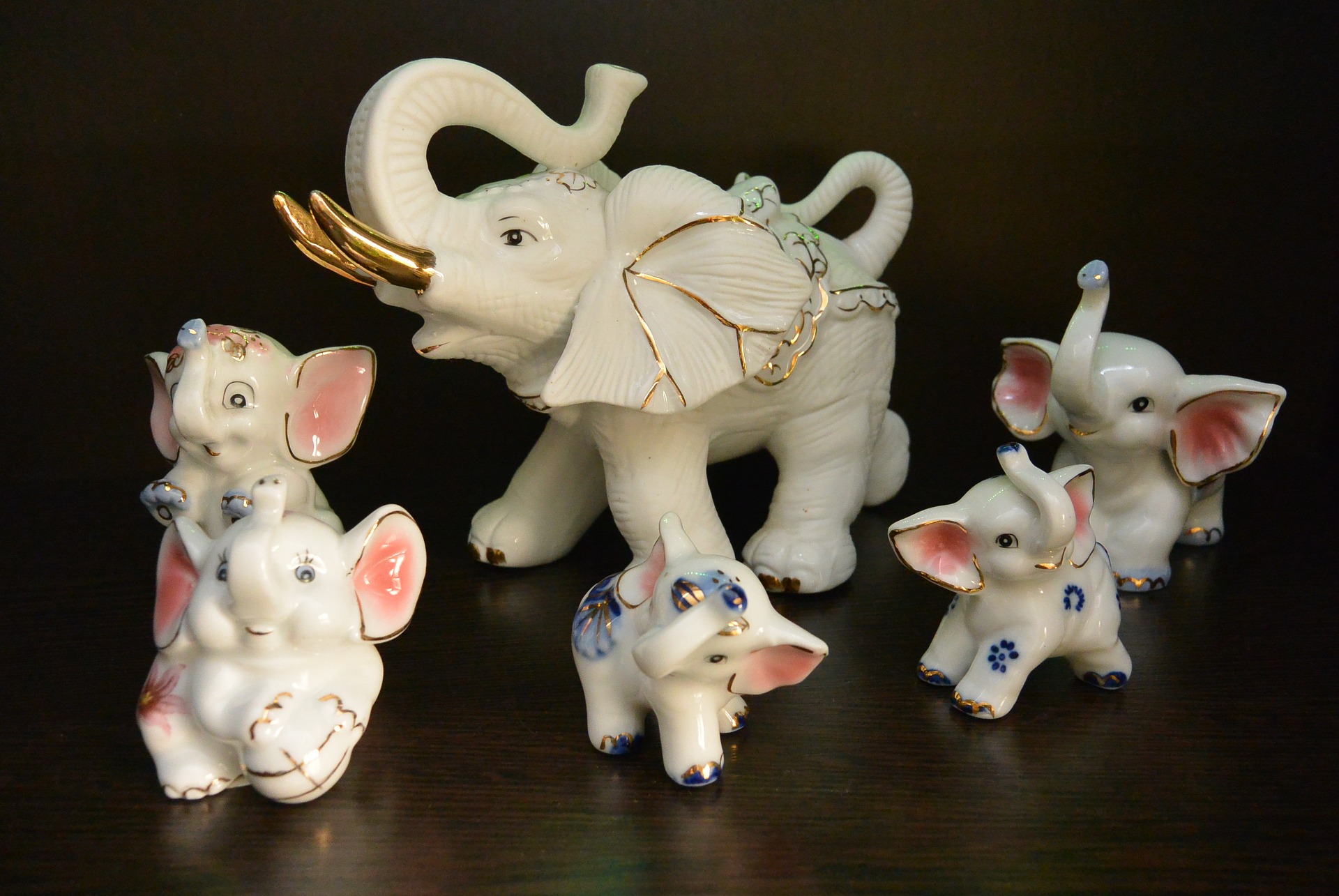In The Bazaars of Hyderabad: Analysis
During the pre-Independence era, many writers concentrated on finding a space that was essentially Indian and that the colonial presence had not been able to enclose upon. This is what Naidu does in “In the Bazaars of Hyderabad.” Hyderabad is the city of her birth; she was very familiar with its sights, sounds, and smells. The bazaar, she knew, was a place crowded by natives, and therefore, a place that few Englishmen had ever set foot in. One can argue that she exoticizes the space of the bazaar here, but she does it for the purpose of reclaiming it as a space that is experienced, understood, and loved only by her countrymen.
Though the English had trade interests in India, the local bazaar was still a place where native vendors were king. The common people got all their daily supplies from this place, and it was also a space in which indigenous artists thrived. They visited the bazaar in preparation for any joyful occasion such as a marriage ceremony and any sad occasion such as a funeral. They bought both expensive items at the bazaar, such as gold ornaments, as well as cheap items like rice and pulses. Hence they had no reason to obtain any items of use from the English trade companies that were operating in India at the time. As a result, the bazaar was helping the native population to stay self-sufficient. It was a site that could be capitalized on by the Swadeshi movement (“Swadeshi” meaning “of my own country,” that is, belonging only to India). Such an interpretation of this poem is supported by Naidu’s involvement in the Indian freedom struggle.
In The Bazaars of Hyderabad: Annotations
Please note: N= noun, V=verb, Adj=Adjective, Adv=Adverb, P=Preposition, Pr=Pronoun
1st stanza:
Ye (Pr): Plural form of the word “thou,” which is, in turn, an older form of the word “you.”
Richly (Adv): In an elaborate, generous, or plentiful way
Wares (N): Plural form of the word “ware,” that is, articles offered for sale
Tunics (N): Plural form of the word “tunic,” that is, a close-fitting short coat as part of a uniform, especially a police or military uniform
Brocade (N): A rich fabric is woven with a raised pattern, typically with gold or silver thread
Panels (N): Plural form of the word “panel,” that is, a flat or curved component, typically rectangular, that forms or are set into the surface of a door, wall, or ceiling
Amber (N): Hard, translucent fossilized resin originating from extinct coniferous trees of the Tertiary period, typically yellowish in color. It has been used in jewelry since antiquity
Jade (N): A hard, typically green stone used for ornaments and implements and consisting of the minerals jadeite or nephrite
2nd stanza:
Lentils (N): Plural form of the word “lentil,” that is, a high-protein pulse which is dried and then soaked and cooked prior to eating
Maidens (N): Plural form of the word “maiden,” that is, an unmarried girl or young woman
Sandalwood (N): A widely cultivated Indian tree that yields fragrant timber and oil
Henna (N): A reddish-brown dye made from the powdered leaves of a tropical shrub, used to color the hair and decorate the body
Pedlars (N): Plural form of the word “Pedlar,” that is, a person who goes from place to place selling small goods
Ivory (N): A hard creamy-white substance composing the main part of the tusks of an elephant, walrus, or narwhal, often (especially formerly) used to make ornaments and other articles
3rd stanza:
Goldsmiths (N): Plural form of the word “Goldsmith,” that is, a person who makes gold articles
Wristlet (N): A band or bracelet is worn on the wrist, typically as an ornament
Anklet (N): An ornament is worn around an ankle
Frail (Adj): Weak and delicate
Girdles (N): Plural form of the word “girdle,” that is, a belt or cord is worn around the waist
Scabbards (N): Plural form of the word “scabbard,” that is, a sheath for the blade of a sword or dagger, typically made of leather or metal
4th stanza:
Citron (N): A fruit that resembles a large lemon with less acid flesh and thick, fragrant peel
Pomegranate (N): A spherical fruit with a tough golden-orange outer skin and sweet red gelatinous flesh containing many seeds
Plum (N): An oval fleshy fruit that is purple, reddish, or yellow when ripe and contains a flattish pointed stone
Cithar (N): Variant spelling of the word “sitar,” that is, a large, long-necked Indian lute with movable frets, played with a wire pick
Sarangi (N): An Indian bowed musical instrument about two feet high, with three or four main strings and up to thirty-five sympathetic strings
Aeons (N): Plural form of the word “aeon,” that is, an indefinite and very long period of time
5th stanza:
Weave (V): Form (fabric or a fabric item) by interlacing long threads passing in one direction with others at a right angle to them
Tassels (N): Plural form of the word “tassel,” that is, a tuft of loosely hanging threads or cords knotted at one end and attached for decoration to soft furnishings, clothing, or other items
Azure (N): Bright blue in color like a cloudless sky
Chaplets (N): Plural form of the word “chaplet,” that is, a garland or circlet for a person’s head
Garnered (V): Past principle form of the word “garner,” that is, to gather or collect
In The Bazaars of Hyderabad: Poetic Devices
Rhyme scheme:
Each of the six stanzas in “In the Bazaars of Hyderabad” follows the same simple rhyme scheme – ABCBDB. This kind of rhyme scheme gives the poem a lilting tune and conjures up a magical place, especially for readers who are unfamiliar with the space of the bazaar in the Indian landscape.
Rhetorical devices:
Apostrophe:
This rhetorical device is used when a poet addresses his or her poem to an absent audience. In this poem, the poet uses the device of an apostrophe in every single stanza when she directly addresses all the vendors of the bazaar, who are not visible to the readers and whose answers are also not heard by them.
Simile:
This rhetorical device is used when an overt comparison is made between two different things. In this poem, the poet uses the device of simile in the fourth stanza when he compares bells with the wings of a dragonfly, for they are both delicate, and also uses the word “as” while making this comparison.
Metaphor:
This rhetorical device is used when a covert comparison is made between two different things or ideas. In this poem, the poet uses the device of metaphor when he compares death with sleep.
In The Bazaars of Hyderabad: Central Idea
Naidu describes in loving detail all the sort of things that one can buy in a traditional bazaar in Hyderabad. She does so by asking the various vendors what they are selling and describing those items in turn. She also notices musicians and magicians entertaining the shoppers.
In The Bazaars of Hyderabad: Themes
Western diction, Indian content:
The things that Naidu describes the vendors selling in the bazaar are all very Indian, such as the turbans that are worn by the Sikhs or the saffron that is only produced in few areas of the world including India. However, most of the words that she uses are anglicized. For example, she spells ‘sitar’ as ‘cithara.’ This is because she is writing for a Western audience. As we know, most of her poetry collections were published from London, and only a small proportion of the Indian population could read or write English at the time.
Combination of joy and sorrow:
A bazaar is a place you go to on occasions of joy as well as those of sorrow. Marriage calls for a trip there to pick up crowns and garlands for the groom and the bride. However, a funeral also requires a trip there so that you can obtain the white sheet of flowers that is placed over the deceased person in his final hours before cremation.
Swadeshi movement:
All the wares that are sold in the bazaar can only be found in India. The English have not been able to lay their hands on these articles. Hence by purchasing their daily necessities from the bazaar, the Indian population was helping their community become self-sufficient. Even though the name is not explicitly mentioned by Naidu, the bazaar is thus upheld as a space in which the Swadeshi movement is most successful – where Indian merchants sell goods to Indian buyers without the English or anyone else functioning as middlemen.
In The Bazaars of Hyderabad: Tone
The predominant tone in this poem is one of awe and wonder, as if the poet cannot believe the great variety of items that are sold in the bazaar. Because she was writing for a foreign audience, perhaps this poem was meant to give them a grand view of India, to make them believe that India was not just a colony of the all-mighty England but a country with a culture that is very distinctive. Naidu could have had another purpose in writing this poem as well. Perhaps she wanted her fellow Indians to love their country as much as she did, and so she gave them a view of how beautiful even such a mundane place as the local market could be.
“In the Bazaars of Hyderabad” was celebrated by English and Indian audiences alike. For English audiences, it evoked a picture of the exotic land of India that they never got to know intimately, no matter what their beliefs on the matter. For Indian audiences, it described a place they knew and loved and a place which they knew no one could ever take away from them.
Some online learning platforms provide certifications, while others are designed to simply grow your skills in your personal and professional life. Including Masterclass and Coursera, here are our recommendations for the best online learning platforms you can sign up for today.
The 7 Best Online Learning Platforms of 2022
- Best Overall: Coursera
- Best for Niche Topics: Udemy
- Best for Creative Fields: Skillshare
- Best for Celebrity Lessons: MasterClass
- Best for STEM: EdX
- Best for Career Building: Udacity
- Best for Data Learning: Pluralsight















